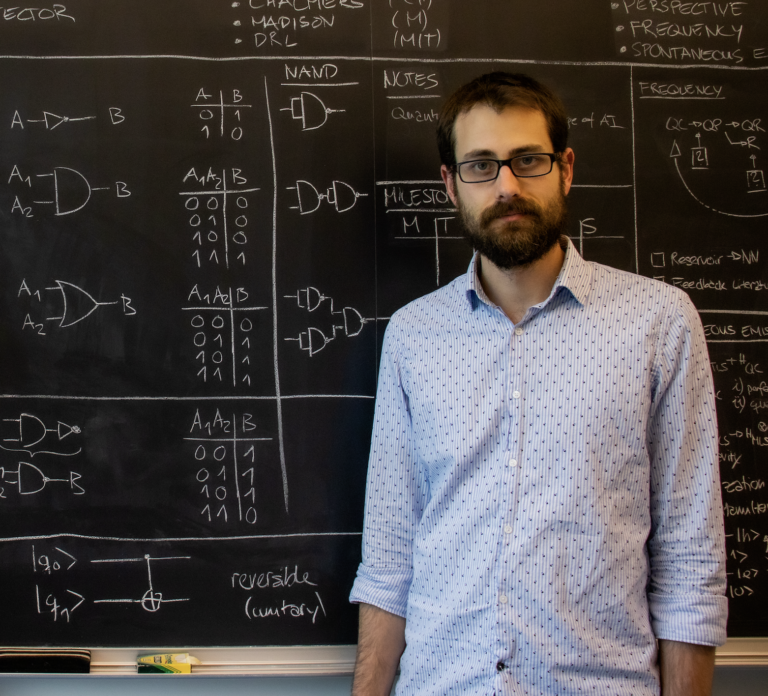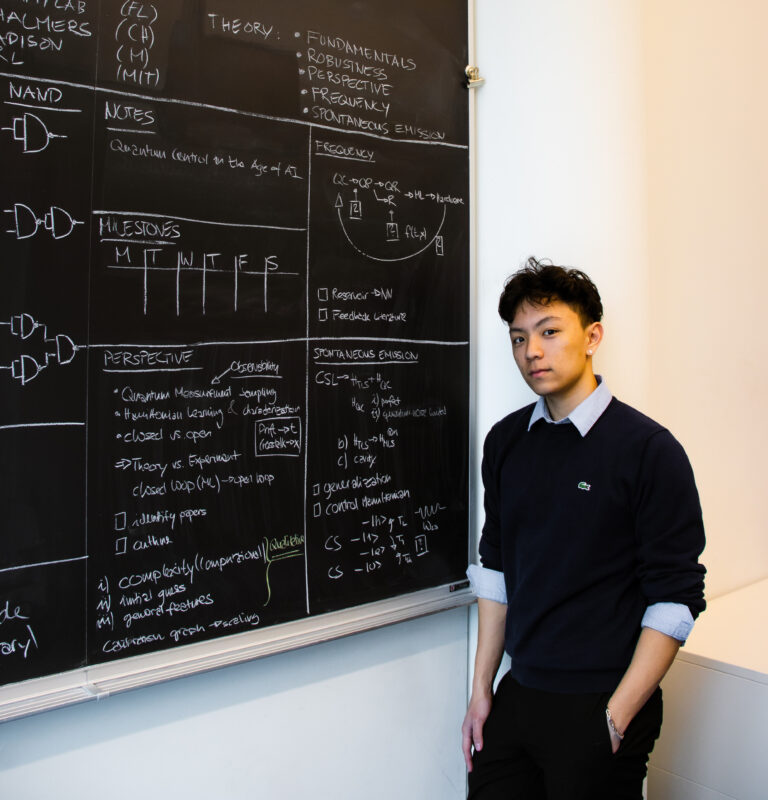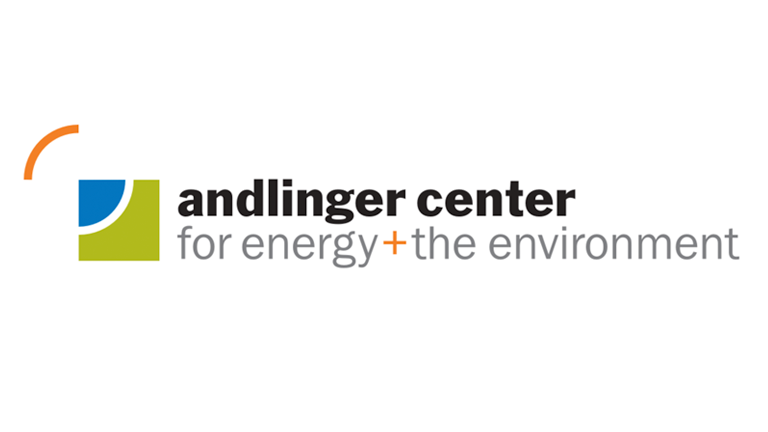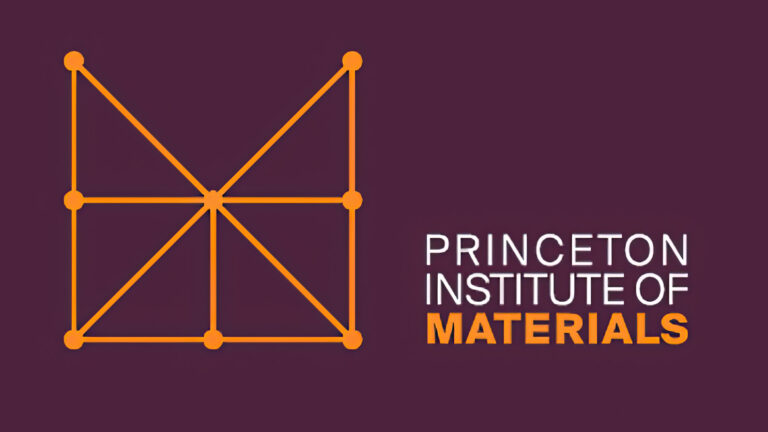

Herschel Rabitz
Contact:
Rabitz Group Website
Herschel Rabitz
Charles Phelps Smyth ’16 *17, Professor of Chemistry
[email protected]
Frick Laboratory, 253
609-258-3917
Faculty Assistant:
Katie Finneran
[email protected]
Frick Laboratory, 257
609-258-4180
Research Focus
The group research consists of coordinated theoretical and experimental activities in the general domains of physical chemistry and systems biology as summarized below.
I. Theoretical Research: At the molecular scale, quantum dynamics provides the proper perspective to describe evolving chemical and physical processes. A central component of our research concerns the active control of such processes through the introduction of suitable shaped laser pulses, and this theoretical activity is tightly linked with the laboratory program below. In recent years, quantum dynamics has moved from the domain of studying natural processes to the active realm of introducing external laser pulses for manipulating the dynamics at will. Our theoretical research in this area is exploring the principles of controlling quantum phenomena and developing the algorithms to guide the ensuing experiments. The theme of controlling events at the molecular scale also extends to our research in systems biology. Studies in this area involve the development of analysis tools to identify the key linkages in complex bionetworks to reveal how they function as well as how to control them through the introduction of tailored chemicals. This research direction has also opened up the development of novel algorithms to accelerate laboratory synthesis and discovery with efficacious molecules including pharmaceuticals. All aspects of our theoretical research are linked through a systems perspective viewing chemical, materials, and biological transformations as high dimensional multivariable problems for analysis in optimization.
II. Experimental Research: The primary laboratory component of our research is in the area of controlling quantum dynamics phenomena using shaped ultrafast laser pulses. The laboratory operates with three state-of-the-art femtosecond laser systems having the ability to perform high throughput experiments with the shaped laser pulses acting as “photonic reagents” to strongly interact with molecular and condensed phase samples. These interactions can alter the pathway of quantum dynamics phenomena as well as permanently change the state of the matter including for selective molecular bond breaking and rearrangement. These laboratory studies are tightly linked to our associated theoretical research with the overall goal of revealing the fundamental principles for controlling quantum phenomena, including the control of individual molecules as well as bulk samples. Applications are also being pursued in the area of creating advanced molecular and biological detectors and ultrafast molecular switches. As with the theoretical research, an allied program of laboratory systems biology is also part of our studies. In this case, experiments are being carried out collaboratively at Princeton as well as with other groups in the U.S. and abroad. A special area of biological focus includes identifying key steps in metabolism and the engineering of bacteria and algae to optimize their production of biofuels. Algorithms ensuing from the theoretical research guide all aspects of our laboratory research, and the experimental findings are fed back to further foster the theoretical studies.
The Rabitz group conducts theoretical and experimental research in broad areas of physical chemistry with a special focus on laser control of molecular dynamics phenomena. In addition, theoretical research is underway in systems biology to provide algorithms for the analysis of bionetworks and to guide experiments for the re-engineering of such networks and their functions.
Honors
University of New South Wales, Visiting Scholar (2019-2021)
Swinburne University (Melbourne, AU), Adjunct Professor (February 2018-February 2019)
Alexander von Humboldt Award (2014)
Honorary member of the International Physics and Control Society (IPACS) (2006)
Fellow of the American Association for the Advancement of Science (2004)
Genetic and Evolutionary Computation Gold Award (2004)
Willis E. Lamb Medal for Laser Science and Quantum Optics (2003)
Alexander von Humboldt Award (2000)
Charles Phelps Smyth Professor of Chemistry (2000)
Alfred P. Sloan Fellow (1975–1979)
Camille and Henry Dreyfus Teacher-Scholar (1974–1979)
Selected Publications
Quantum optimal control without arbitrary waveform generators, Q.-M. Chen, H. Rabitz, and R.-B. Wu, Phys. Rev. Appl., 20, 064016, DOI: 10.1103/PhysRevApplied.20.064016, (2023)
Quantum tracking control of the orientation of symmertic-top molecules, A. B. Magann, T.-S. Ho, C. Arenz, and H. Rabitz, Phys. Rev. A, 108, 033106, DOI: 10.1103/PhysRevA.108.033106, (2023)
The Early Era of Laser-Selective Chemistry 1960~1985: Roots of Modern Quantum Control, F. O. Laforge, J. Lee, and H. Rabitz, J. Phys. Chem. Lett., 14, 5283-5296, DOI: 10.1021/acs.jpclett.3c00678, (2023)
The Surprising Ease of Finding Optimal Solutions for Controlling Nonlinear Phenomena in Quantum and Classical Complex Systems, H. Rabitz, B. Russell, and T.Ho, J. Phys. Chem. A, 127(19), 4224-4236, DOI: 10.1021/acs.jpca.3c01896, (2023)
Chemically Sensitive Fluorescence Imaging of Colliding Microdroplets, Z. Quine, A. Goun, F. Laforge, H. Rabitz, and C. K. Law, Phys. Fluids, 35, 052002, DOI: 10.1063/5.043255, (2023)
Kernel-Based Global Sensitivity Analysis obtained from a Single Data Set, J. Barr and H. Rabitz, Reliability Engineering & System Safety, 235, 109173, DOI: 10.1016/j.ress.2023.109173, (2023)
The optimization landscape of hybrid quantum-classical algorithms: From quantum control to NISQ applications, X. Ge, R.-B. Wu, and H. Rabitz, Annual Reviews in Control, 54, 314-323, DOI: 10.1016/j.arcontrol.2022.06.001, (2022)
Goun, E. Frederick, A. Er, S. Bernasek, and H. Rabitz, Deprotonation of phenollinked to a silicon dioxide surface using adaptive feedback laser control with a heterodyne detected sum frequency generation signal, Phys. Chem. Chem. Phys., 24, 19443, DOI: 10.1039/d1cp05613a, (2022)
Bergasa-Caceres and H. Rabitz, Interdiction in the Early Folding of the p53 DNABinding Domain Leads to Its Amyloid-like Misfolding, Molecules, 27, 4810, DOI: 10.3390/molecules27154810, (2022)
Barr and H. Rabitz, A Generalized Kernel Method for Global Sensitivity Analysis, J. Uncertainty Quantification, 10, 27-54, DOI: 10.1137/20M1354829, (2022)
Wang, F. Laforge, A. Goun, and H. Rabitz, Selective photo-excitation of molecules enabled by stimulated Raman pre-excitation, Phys. Chem. Chem. Phys., 24, 10062, DOI: 10.1039/d2c00868h, (2022)
Bergasa-Caceres and H. Rabitz, Protein Folding Interdiction Strategy for Therapeutic Drug Development in Viral Diseases: Ebola V40 and Influenza A M1, Int. J. Mol. Sci., 23, 3906, DOI: 10.3390/ijms23073906, (2022)
Borgonovo, G. Li, J. Barr, E. Plischke, and H. Rabitz, Global Sensitivity Analysis with Mixtures: A Generalized Functional ANOVA Approach, Risk Analysis, 42, 304 DOI: 10.1111/risa.13763, (2022)
Magann, G. McCaul, H. Rabitz, and D. Bondar, Sequential optical response suppression for chemical mixture characterization, Quantum, 6, 626, DOI: 10.22331/q-2022-01-20-626, (2022)
Related News

Q&A: Postdoc Ben Lienhard inspired at 2024 Lindau Nobel Meeting

Rabitz Group’s Lienhard Headed for Lindau Nobel Meeting



